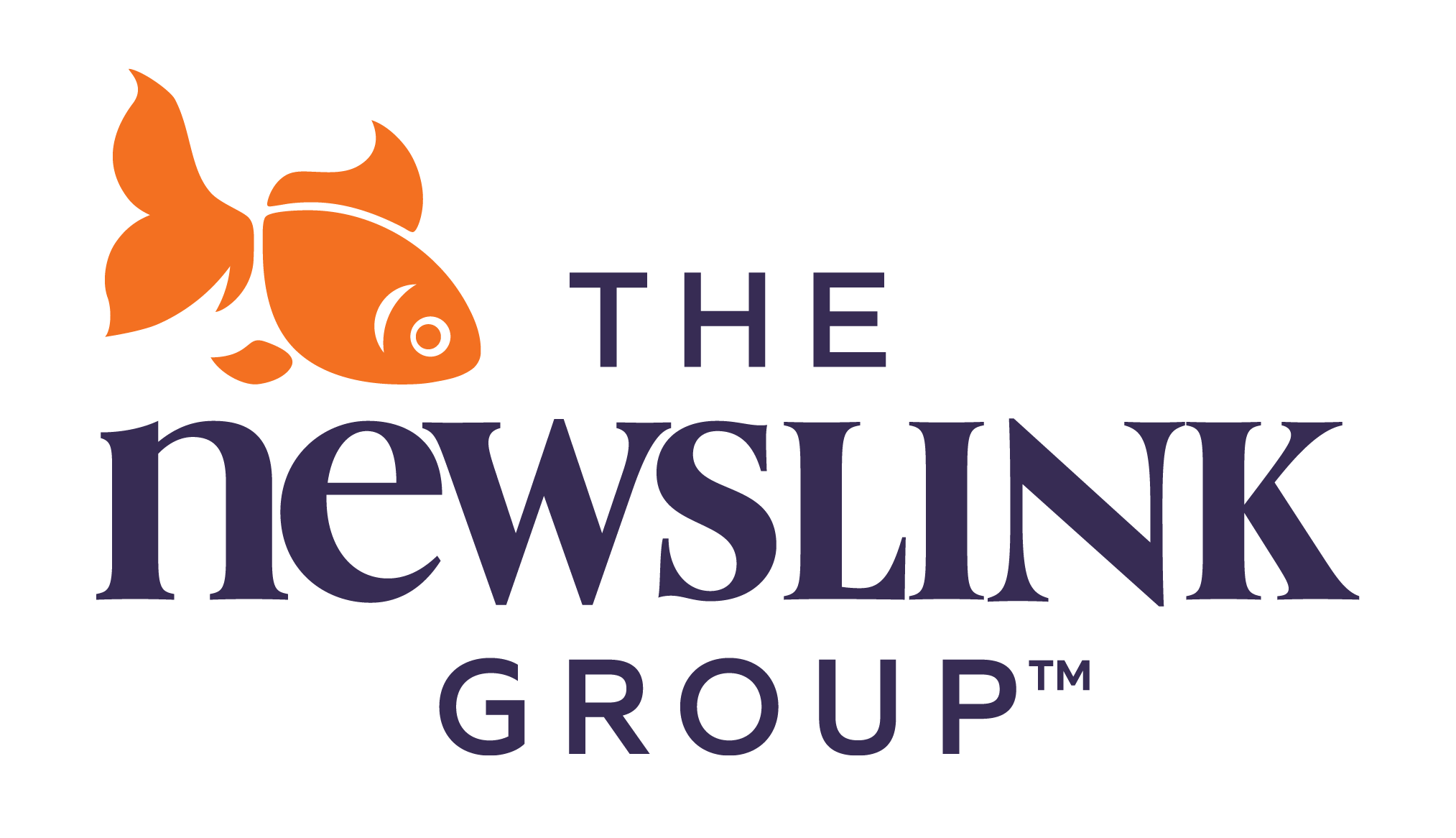People have long predicted that paper media would become obsolete. They were right about some things. For example, phone directories and the classifieds have been replaced by online versions that are much better than the paper versions. At the same time, though, paper media still have a definite place in many people’s lives and may never go away completely.
People like paper. They like how it feels, they like the fact that you don’t have to charge it, and they enjoy the break it gives them from the distractions of the electronic universe.
According to an article by Greg Dool on August 9, 2016 on the Folio website, a survey conducted by Mequoda found that:
- Approximately 70 percent of all U.S. adults had read a print magazine during the 30 days before participants took the survey.
- Some 51 percent of those participants had read two magazines. And according to the Association of Magazine Media (MPA),
- Adults under 35 read more magazines per month than their older counterparts.
It used to be that a print magazine served as an organization’s base for spinning off other brand platforms. That is not the pattern any more. Now, the organizational base is usually a program or a website (that is, an intangible property), and the goal is to add relevance by adding something tangible to the mix: a magazine.
Content that is distributed electronically and physically to your association membership is content that can remind members of the association’s value in their lives. The more ways an association can contact their membership, the better it is. People are busy, distracted and multitasking. It’s easy for messaging to become obscure and simply lost in overflowing electronic “in” boxes. For an association, nonprofit or professional service firm, a print piece serves as a really important touchpoint. Nearly seven out of ten B2B readers say they spend more time with industry-related print publications than with mainstream business or consumer print magazines, according to ABM.
Print has staying power. Google calls it “a breathing space in a busy world.” Print offers a tactile engagement opportunity that you can’t find anywhere else. It’s lean-back versus lean-forward.
It goes to the old adage, “If someone invested enough to print and mail it, it must be important.” Whether that’s true or not, it is still a widely held perception.







